Welcome to Advice in The Stacks, a bookish advice column from me, Traci Thomas, the host and creator of The Stacks podcast. My show is all about books and the people who read them, with new episodes out every Wednesday on your favorite podcast platform. Due to the nature of the show I am constantly asked for advice on all things books, so I’m making it formal and bringing my advice to all of you with my monthly column here at SheReads.com.
If you have questions about anything book related, CLICK HERE and submit your question, and then come back the last Thursday of the month to see my advice.
I love your color-coded bookshelf. It inspired mine! When I was organizing my colors, I noticed some patterns: All of my yellow spines are fantasy, sci-fi, or dystopian. All of my orange spines (minus 1) are authored by Black women. You have such a big, varied collection of books, so I was wondering if you had a similar experience shelving. Have you ever noticed any stand-out patterns in your spine colors?
I am so glad you like my shelves, because the kind of backlash I get over them is beyond anything I would have imagined. Did you know strangers care about how you organize the books in your own home? Truly, shocking. It’s gotten to the point where I feel insecure about them and feel like I have to defend the way my brain works. So, long story short, thank you.

I have noticed a few things about the colors of books (but mostly spines) and what they convey to audiences. Before I go there, I want to say a few quick things. These observations come solely from me counting my own book collection. I read a lot of nonfiction and books by Black authors, so those kinds of books will likely be overrepresented. I also receive a lot of ARCs which means the spines on those books are often white, not necessarily the color(s) they’ll be upon publication. Lastly, I am going off spines here, not covers. I use the color of the spine to organize the book and often that matches the cover but a handful of books have a contrasting color on the spine.
Now, lets dig in!
- As a lover of nonfiction, the majority of my books are red, white, or black. These are the colors of nonfiction, apparently. When it comes to red books there are a lot of fiction titles mixed in with the nonfiction, but with black spines it is almost exclusively nonfiction.
- Pink is for the girlies. I don’t think this is shocking, but after looking at the numbers it is overwhelmingly so. I have 57 pink books (though some of them are multicolored spines but sorted in the pink area). Of those books, eight are by men (14%), and of those eight, five are by queer authors and/or authors writing about gender and sexuality. For those wondering if blue books follow a similar adherence to color stereotypes, they do not. I have a lot more blue books than pink ones and it doesn’t hold. I have 110 blue books and 68 are by women (62%). Fun fact, two authors (S.A. Cosby and Britt Bennett) have books shelved in both my blue and pink sections.
- I personally do not have a lot of green books. I have a good amount of greenish-blue books, but true green, either kelly or forest, I don’t have a lot of those at all. I’m not sure why, but I think partially because a lot of nonfiction books that are green are about health/wellness/the environment which isn’t really my reading vibe. The kind of environment books I like to read are climate change books and those tend to be red and orange, for obvious global warming related reasons.
- Is orange for Black women? In your message you said almost all of your orange books are by Black women, and I had never thought of that, so I did a quick check of my orange vs yellow books and here is what I found. 34% of my orange books are by Black women while only 17% of my yellow books are. I didn’t feel great leaving it there, so I also checked my purple books and found that 50% were by Black women. So for me, purple is the clear winner. I wonder if this has something to do with the novel The Color Purple.
I am so grateful for this question and to think more closely about relationships between books when they’re sorted by color.
I recently read The Darkness Manifesto about light pollution by Johan Eklöf and it threw my climate anxiety into overdrive. It’s a book I recommend but now I am looking for a NF book about the climate that may leave me with some capacity to hope for a decent future for the children of today… but I’m not sure there are any that are scientifically rigorous (or written within the last decade). If you know of one, or a book about dealing with climate anxiety, I’d love the recommendation! Thank you!
Climate change feels extremely bleak, you’re right about that. The scale of what is being done to our planet plus the consequences we’re all experiencing make the crisis feel overwhelming, unending, and inevitable. Most of what I’ve read about climate change is rooted in a sense of dread and helplessness. However, there are a handful of books I would suggest to you that either find a glimmer of hope, or at least present a problem that is still in some ways rectifiable. Every book below is written by experts, scientists, and journalists, who have included facts, figures, and leading thinking on the issues of climate change.
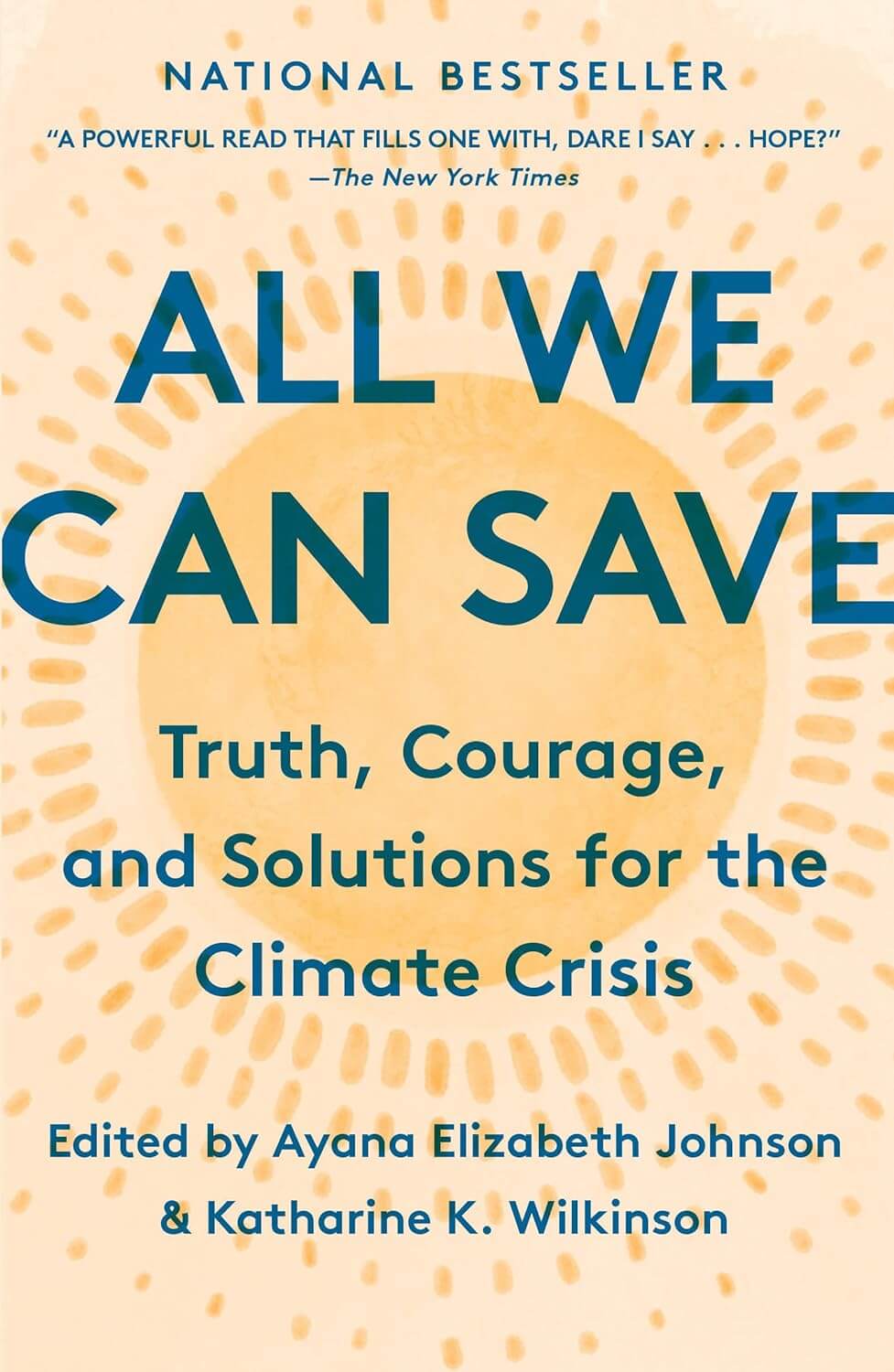
All We Can Save: Truth, Courage, and Solutions for the Climate Crisis edited by Ayanna Elzabeth Johson & Katherine K. Wilkinson
This book is a collection of essays all written by women at the forefront of environmental studies and climate change. The essays are focused not only on what is going on now, but what solutions can and should look like. The book is deeply rooted in what it will take from humans to do right by the planet.
Buy the book now: Bookshop.org | Amazon | Barnes & Noble
What If We Get It Right?: Visions of Climate Futures by Ayanna Elizabeth Johnson
This book isn’t out until April 2024, but I wanted to share it here since it is all about the possibility that there is a world in which we can solve the climate crisis. I haven’t read it yet, but because it is written by Johnson (co-editor of the collection above) I trust that it will be written with care and courage.
Preorder the book now: Bookshop.org | Amazon | Barnes & Noble
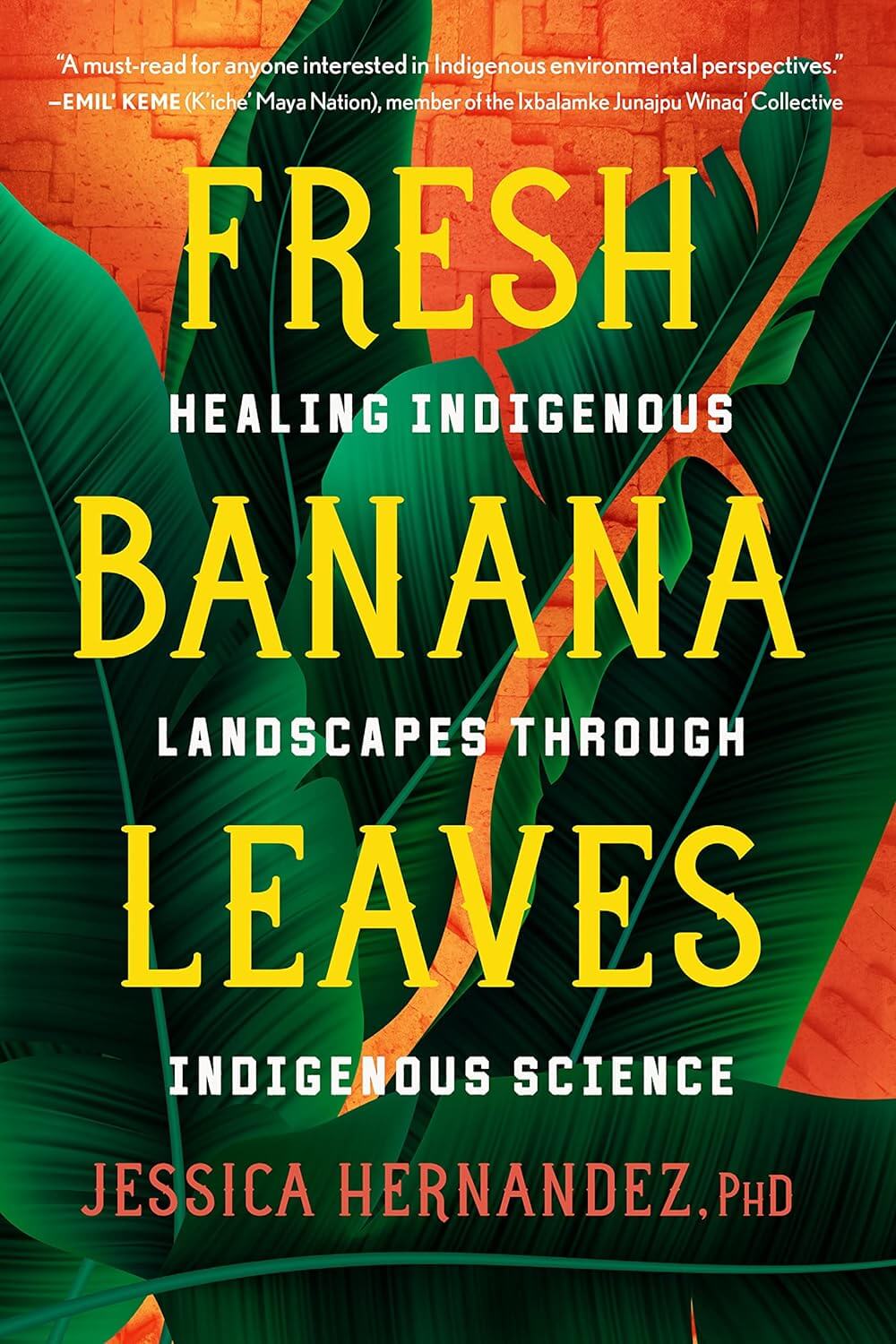
Fresh Banana Leaves: Healing Indigenous Landscapes Through Indigenous Science by Jessica Hernandez
In your question you wanted something that was “scientifically rigorous” and Fresh Banana Leaves is that. The author is an environmental scientist and academic who breaks down why what the west is doing with the environment isn’t working and she turns to the teachings within her own indigenous community and others around the globe for solutions. This is the kind of book that marries academia with practical experiences and provides the reader with worlds of possibilities.
Buy the book now: Bookshop.org | Amazon | Barnes & Noble
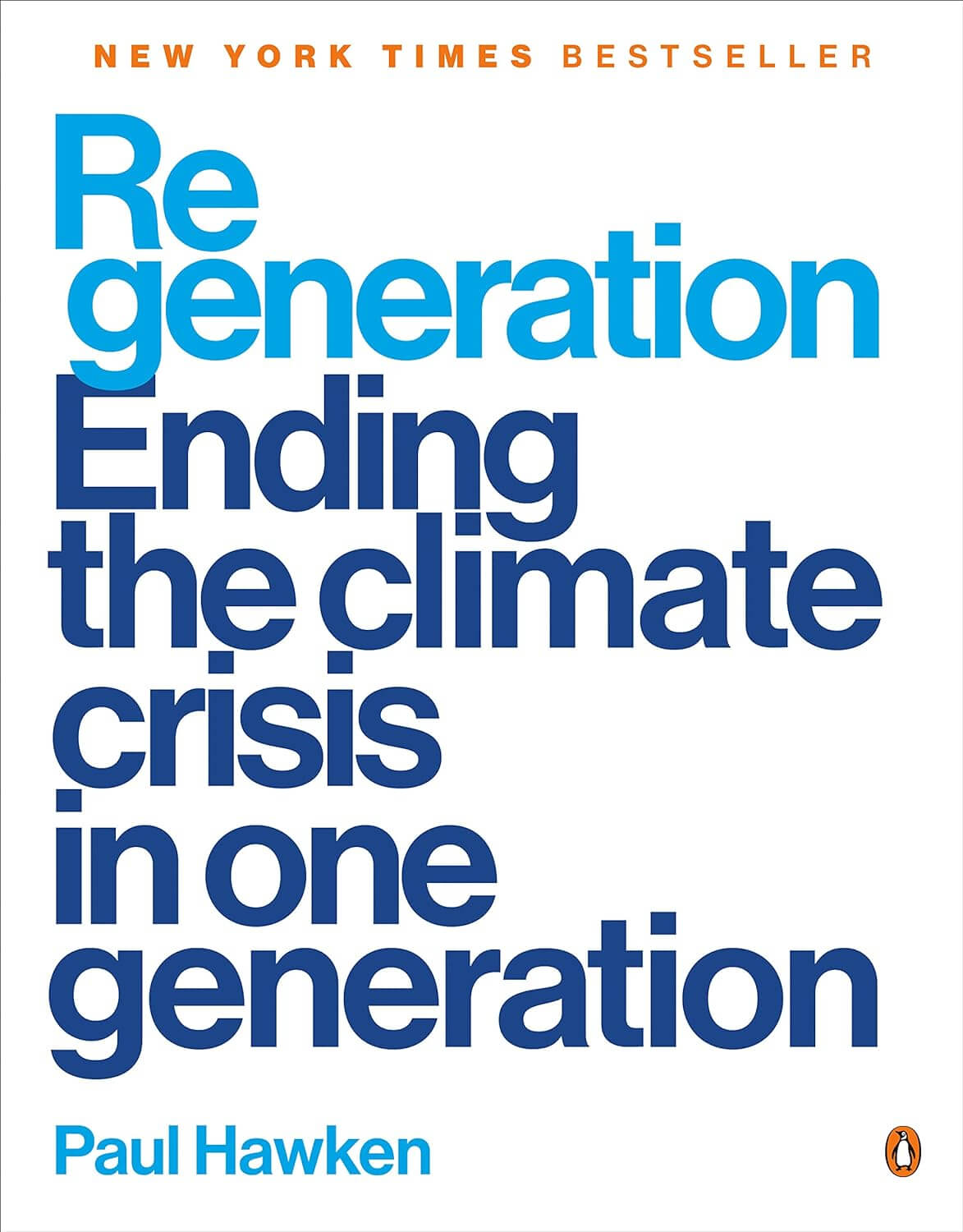
Regeneration: Ending the Climate Crisis in One Generation by Paul Hawken
In his 2021 book, Paul Hawken makes the argument for the end of global warming in just one generation. The book focuses on the actions, policies, and transformations that would be crucial to curbing climate change. A lot of the book focuses on collective actions and embracing justice, diversity, and human dignity in order to solve these problems.
Buy the book now: Bookshop.org | Amazon | Barnes & Noble
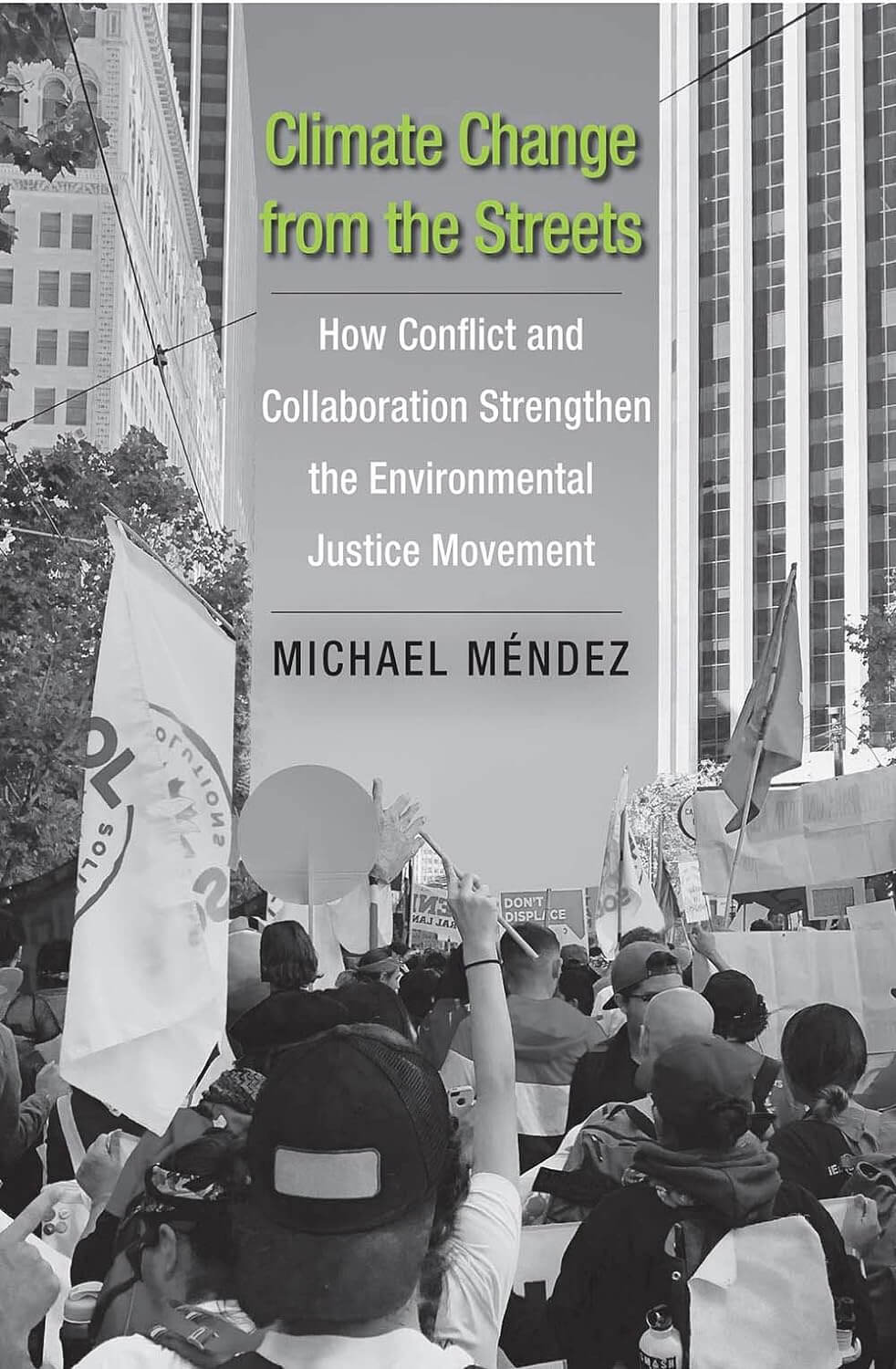
Climate Change from the Streets: How Conflict and Collaboration Strengthen the Environmental Justice Movement by Michael Méndez
This is a book focused on climate justice and the activism at the center of that movement. Mendez tells the stories of activists from historically marginalized communities who are engaging with the politics of climate change and forcing those in charge to stop and listen.
Buy the book now: Bookshop.org | Amazon | Barnes & Noble
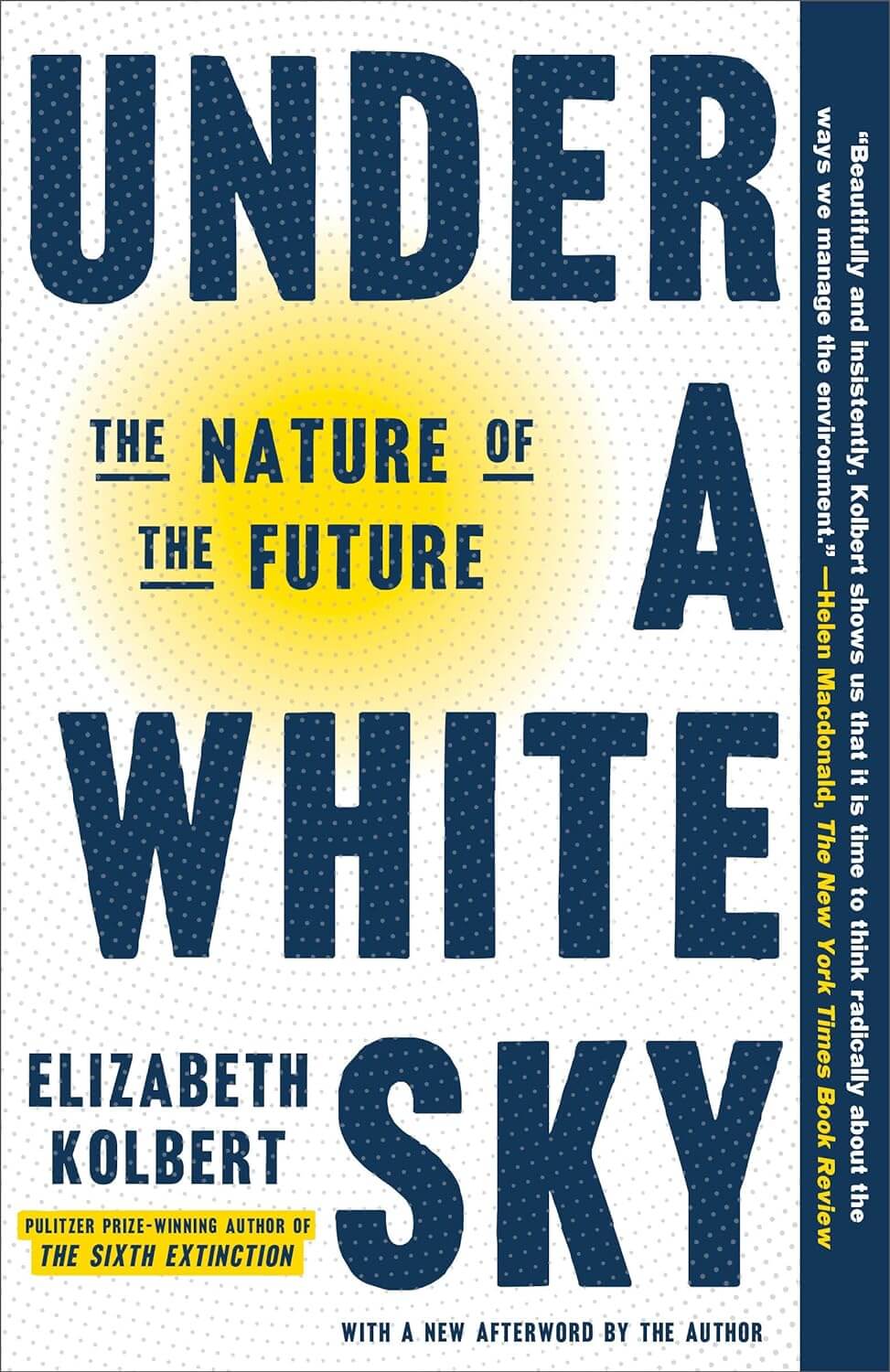
Under a White Sky: The Nature of the Future by Elizabbeth Kobert
The central question of Under a White Sky has to do with what we can do after causing so much harm? Kolbert, who won a Pulitzer for her climate book, The Sixth Extinction: An Unnatural History, has turned her focus to what scientists are doing to mitigate, slow and correct global warming. She talks to people who are turning carbon emissions into stone and building stronger heat resistant coral. Under a White Sky is a book concerned with what humans can build to alleviate the issues they created.
Buy the book now: Bookshop.org | Amazon | Barnes & Noble
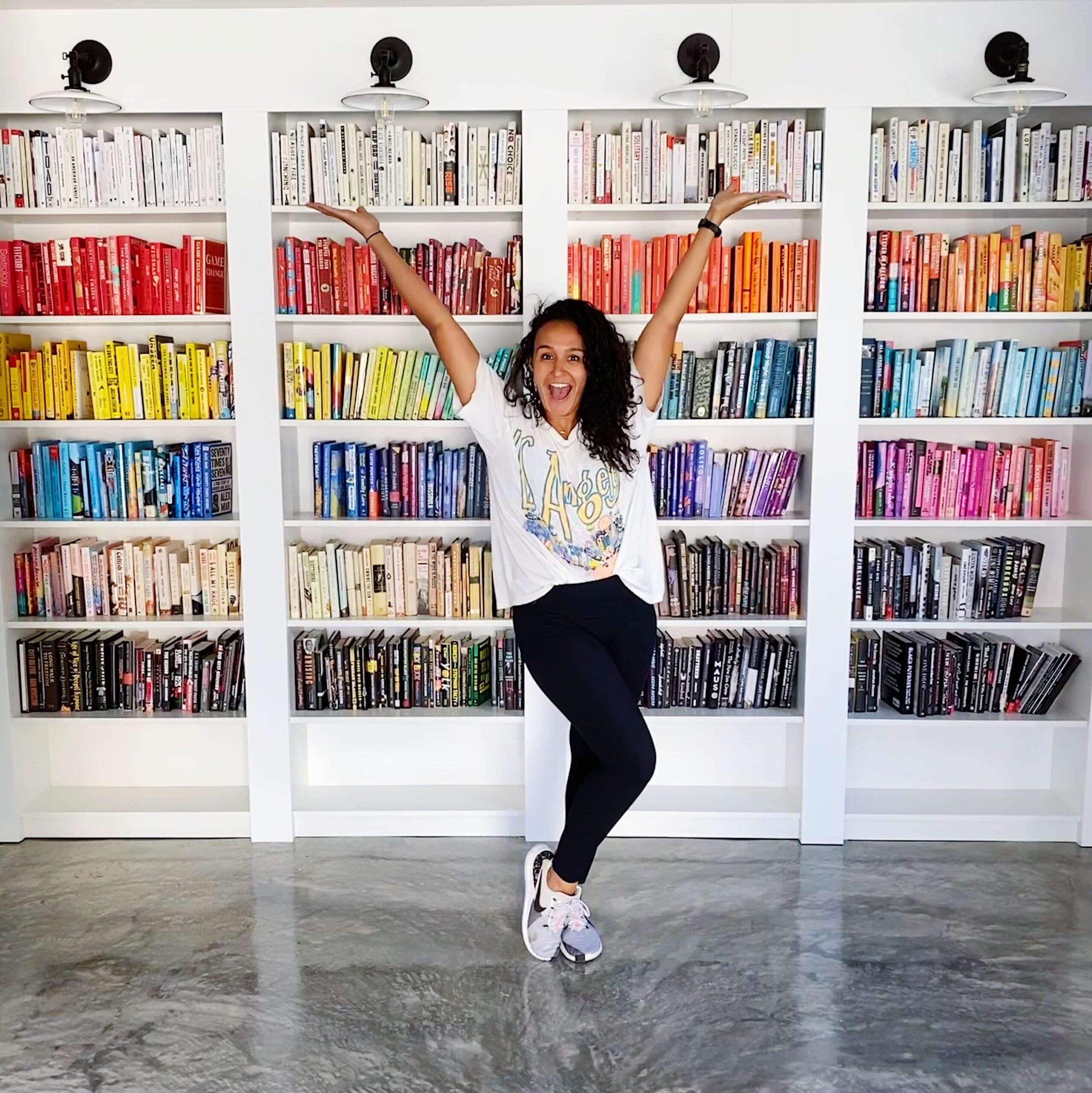
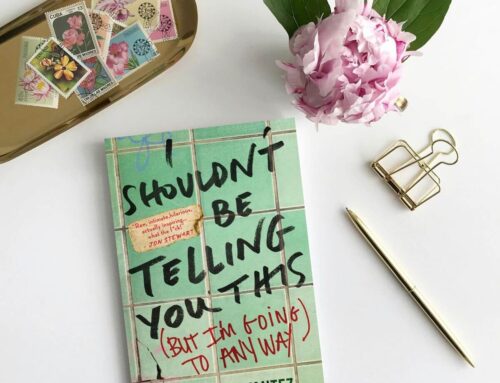
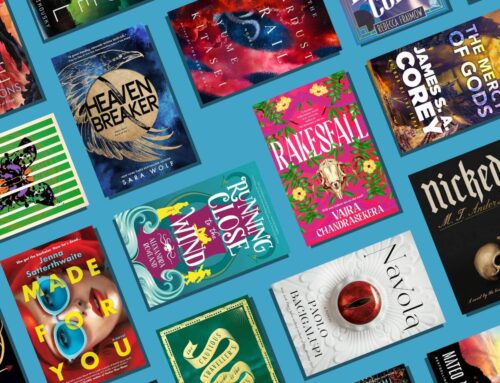
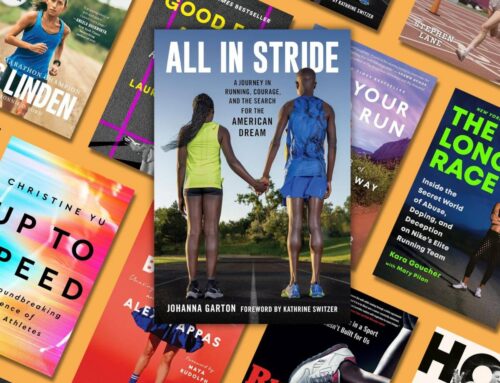
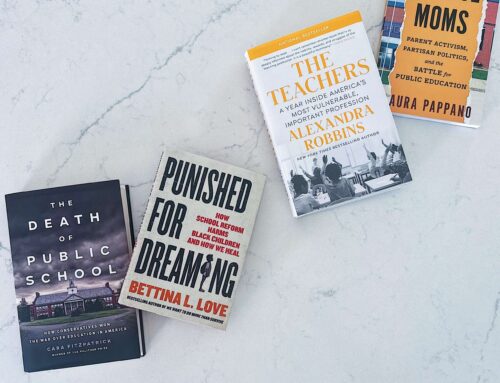
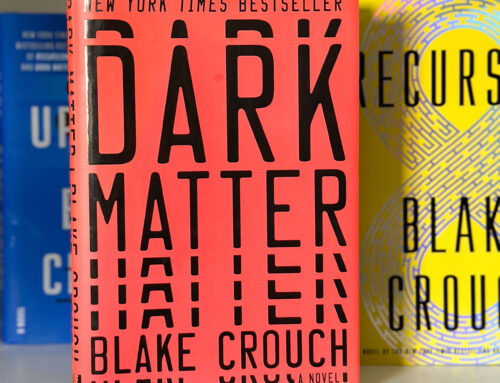
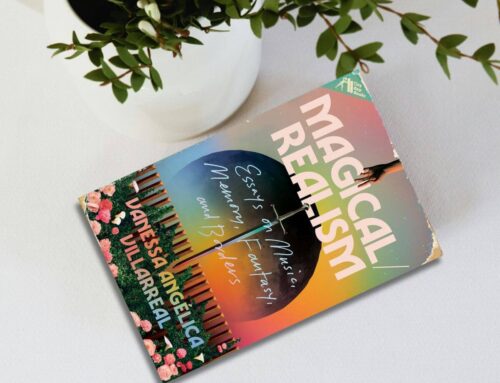
Leave A Comment